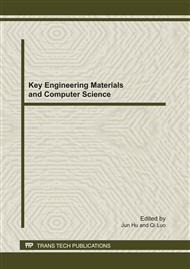p.601
p.605
p.610
p.616
p.620
p.626
p.631
p.636
p.642
A New Type Algorithm for the Extended Complementarity Problem in Engineering Modeling
Abstract:
In this paper, we consider extended complementarity problem(ECP) in engineering modeling. To solve the problem, first, under the suitable conditions, we present an easily computable global error bound for the ECP, and then propose a new type algorithm to solve the ECP based on the error bound estimation. The global convergence is also established.
Info:
Periodical:
Pages:
620-625
Citation:
Online since:
August 2011
Authors:
Keywords:
Price:
Сopyright:
© 2011 Trans Tech Publications Ltd. All Rights Reserved
Share:
Citation:


